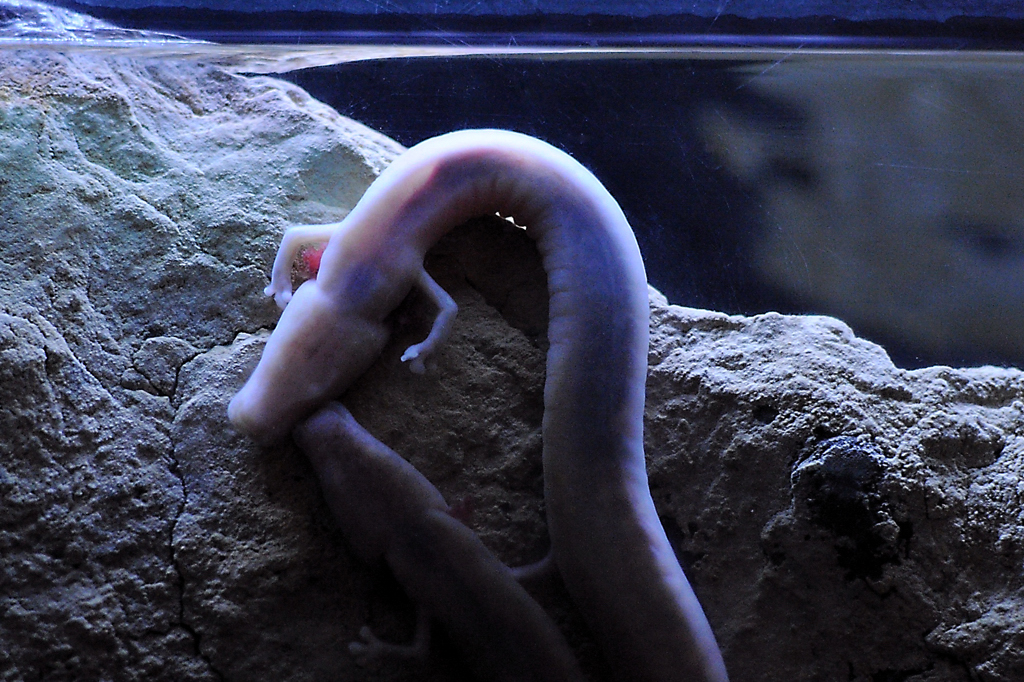Deep within the shadowy recesses of our planet’s most isolated cave systems lives a remarkable reptile that has evolved to thrive in perpetual darkness. The cave-dwelling snake exists in a world devoid of sunlight, developing unique adaptations that allow it to navigate, hunt, and reproduce in one of Earth’s most challenging environments. These specialized serpents represent a fascinating example of how life can adapt to extreme conditions, shedding unnecessary traits while enhancing others that prove beneficial in their subterranean realm. Their story is one of evolutionary ingenuity, showcasing nature’s remarkable ability to find ecological niches even in the most seemingly inhospitable places on our planet.
The Olm’s Serpentine Cousin: Introducing the Cave Snake
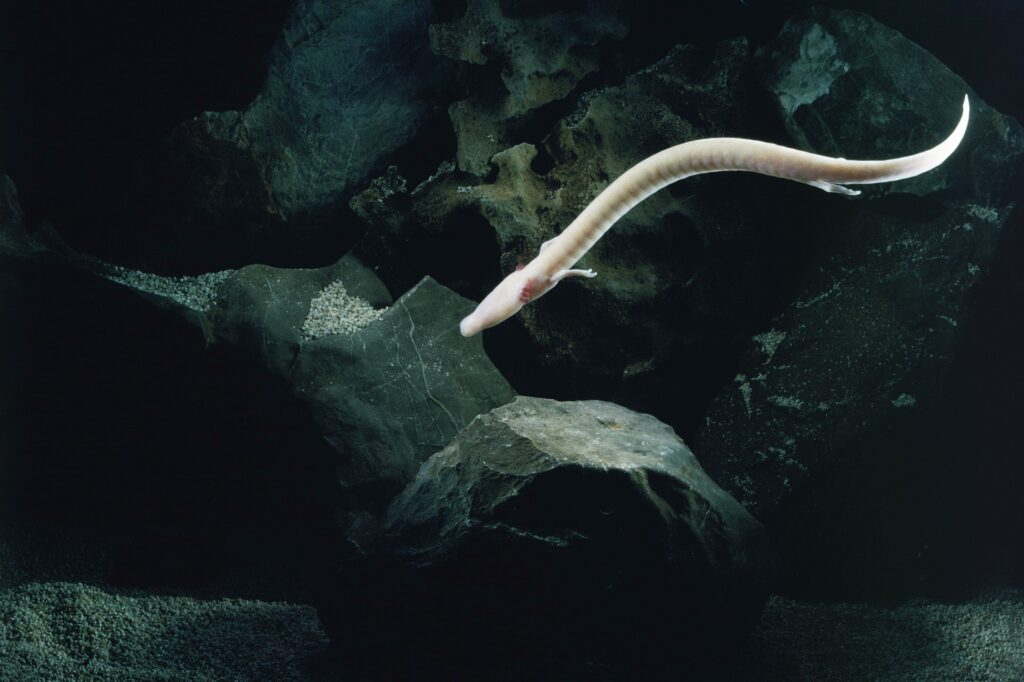
While the olm salamander might be the most famous cave-dwelling creature, several snake species have also evolved to thrive in these lightless environments. The most notable among these is Typhlops hypogeus, commonly known as the Puerto Rican blind snake, which represents one of the few truly cave-adapted snake species. Unlike occasional cave visitors, these specialized reptiles spend their entire lives in darkness, never experiencing the world above ground. Their biology reflects generations of evolution in this specific environment, resulting in a creature markedly different from its surface-dwelling relatives. These specialized serpents form part of a delicate and often poorly understood cave ecosystem that scientists are still working to fully document.
Evolutionary Journey into Darkness
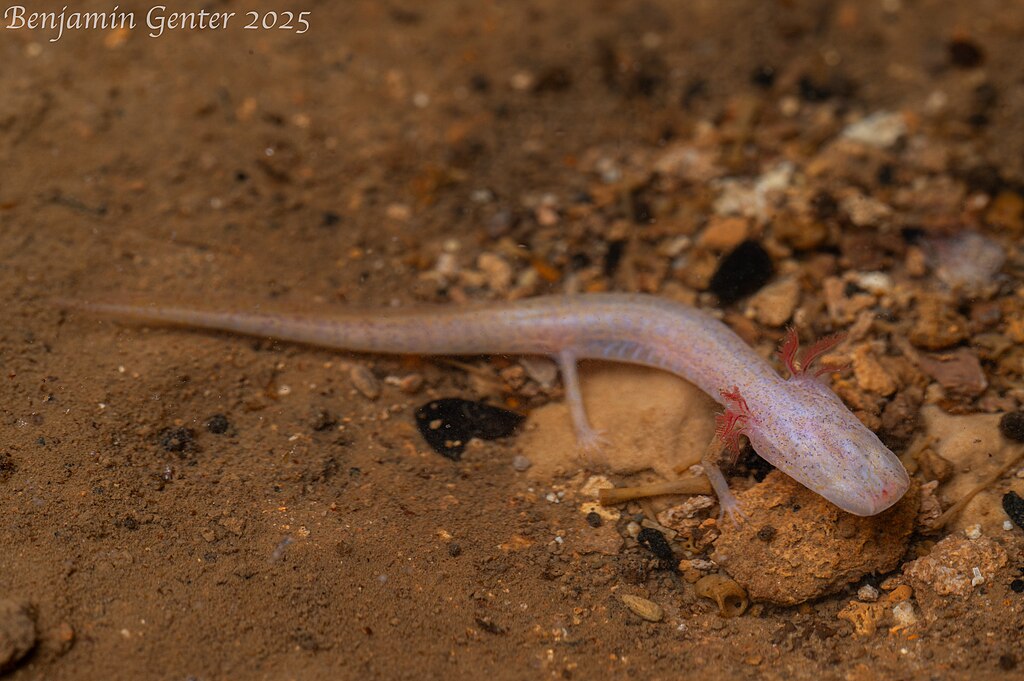
The ancestors of cave snakes once lived on the surface, but gradually colonized cave environments, likely following prey species or seeking refuge from changing surface conditions. This transition occurred over thousands of generations, with each successive generation becoming better adapted to subterranean life. As these snakes ventured deeper into caves, individuals with traits beneficial for dark environments—such as enhanced sensory abilities beyond vision—had greater survival rates. Natural selection gradually eliminated features unnecessary for cave life, like functional eyes and pigmentation, while enhancing other senses and adaptations. This evolutionary process, known as troglomorphism, has occurred independently in multiple snake lineages across different cave systems worldwide, demonstrating convergent evolution in response to similar environmental pressures.
Physical Adaptations: Eyes That No Longer See
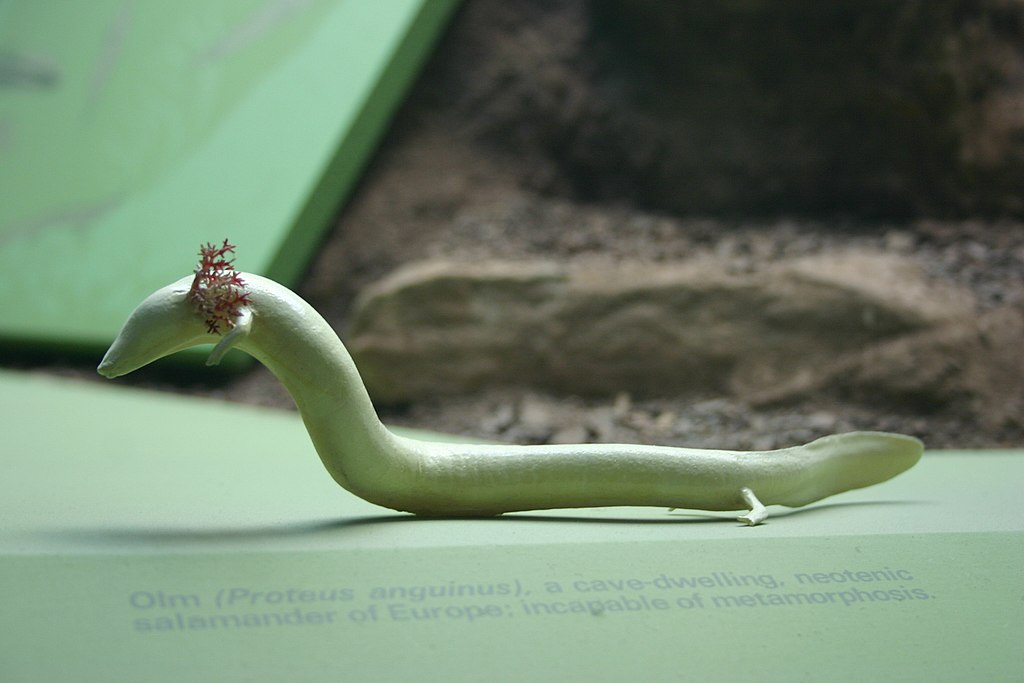
The most striking adaptation in cave-dwelling snakes is the reduction or complete loss of their visual system. Their eyes have regressed to mere vestiges beneath scales, as maintaining complex visual organs requires significant energy with no benefit in perpetual darkness. In some species, the eyes are completely absent, while in others, they remain as small, non-functional remnants covered by scales. This eye reduction follows the evolutionary principle of energy conservation, where features that provide no survival advantage are gradually eliminated. Interestingly, despite lacking functional vision, many cave snakes still retain light-sensitive cells that help maintain circadian rhythms, though researchers are still investigating how these operate in environments without day-night cycles.
The Pale Palette: Pigmentation Loss in Cave Environments
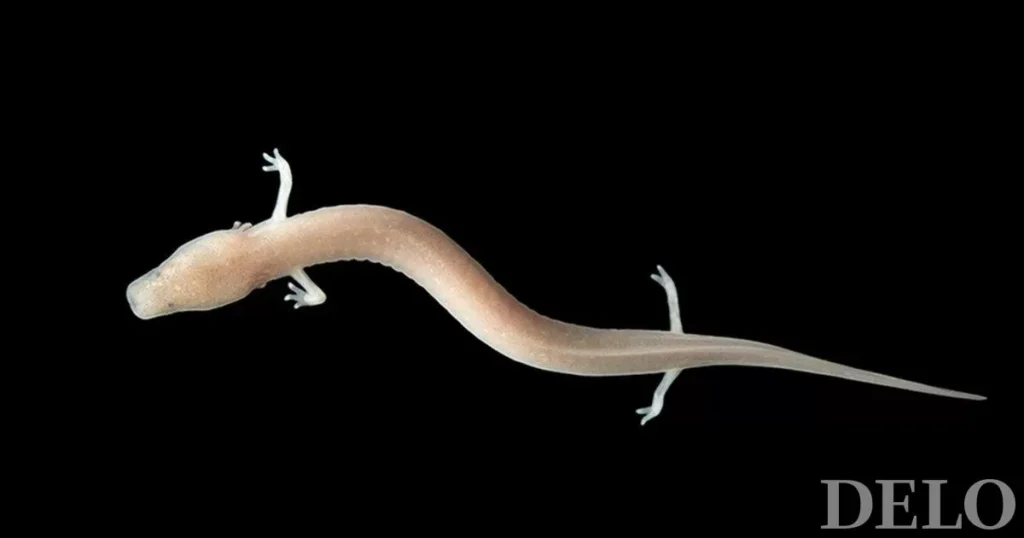
Cave-dwelling snakes typically display a dramatic reduction in pigmentation, resulting in pale white, pink, or translucent appearances that contrast sharply with their colorful surface relatives. This pigmentation loss occurs because melanin production requires energy, and in an environment without light, camouflage coloration provides no survival advantage. The resulting pale appearance is so distinctive that it often serves as an immediate identifier of cave adaptation across many animal groups. Without protective pigmentation, many cave snakes have skin that appears almost translucent, sometimes allowing observers to see internal organs through their delicate outer tissues. This lack of pigmentation also makes these snakes extremely sensitive to sunlight, which can cause tissue damage if they’re ever exposed to surface conditions.
Sensory Compensation: How They Navigate Without Sight
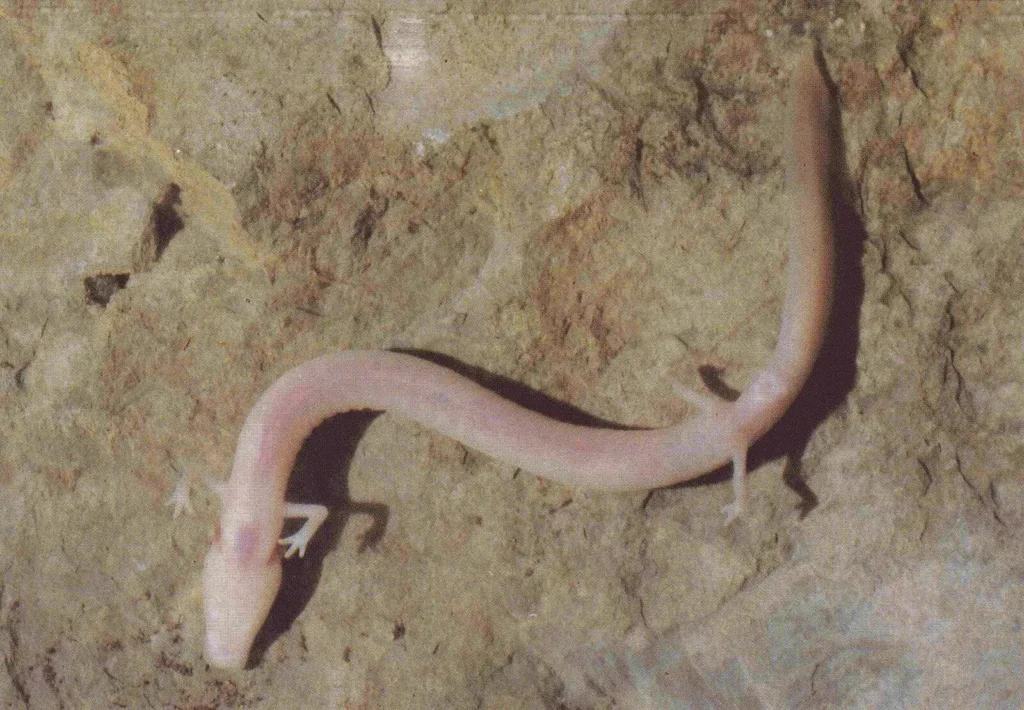
To compensate for their lack of vision, cave snakes have developed extraordinarily enhanced alternative senses. Their tongue-flicking behavior, which collects chemical particles for the vomeronasal organ (Jacobson’s organ), has become more frequent and sensitive than in surface relatives. Many species have enlarged chemoreceptors that can detect minuscule chemical traces left by prey or potential mates. Additionally, their skin contains highly sensitive mechanoreceptors that detect the slightest air movements, water vibrations, or substrate vibrations, effectively creating a three-dimensional awareness of their surroundings. Some cave snake species have even developed specialized heat-sensing abilities that help them locate warm-blooded prey in the otherwise temperature-stable cave environment.
Diet and Hunting Strategies in Total Darkness
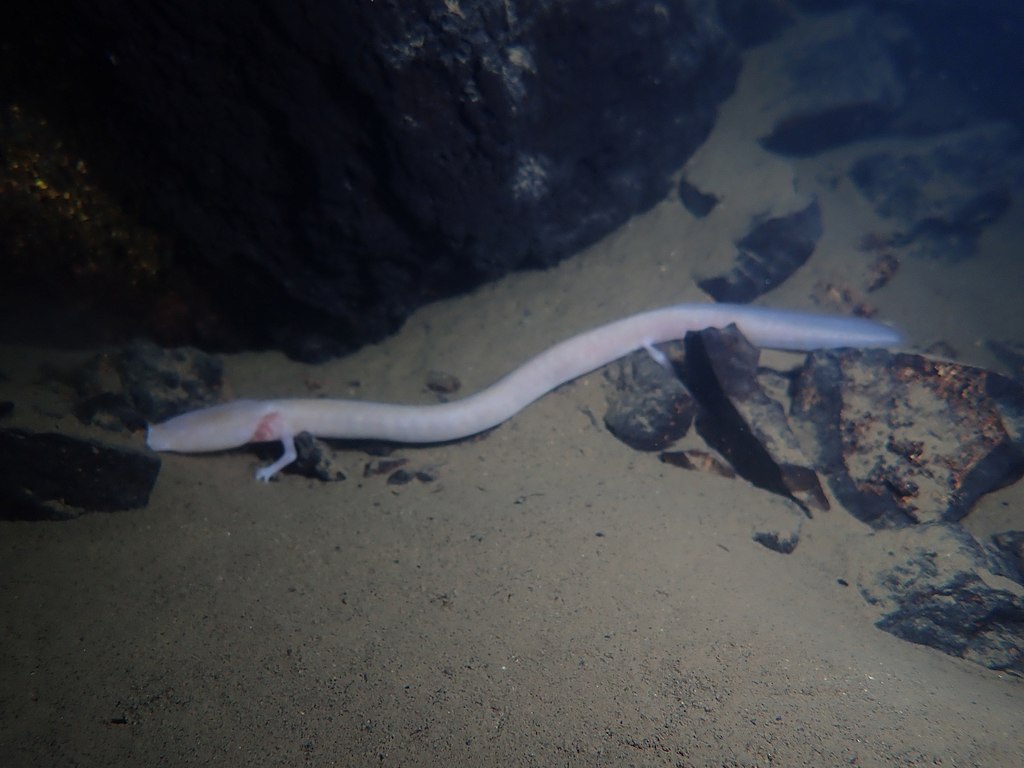
Cave-dwelling snakes have specialized diets adapted to the limited food resources available in subterranean environments. Many feed primarily on cave-adapted invertebrates like blind crayfish, cave crickets, and various specialized insects that also inhabit these systems. Their hunting strategies rely heavily on ambush techniques, where they remain motionless until prey comes within striking distance, detected through vibration or chemical cues rather than sight. Some species have developed remarkably slow metabolisms that allow them to survive for extended periods—sometimes months—between successful hunts, an essential adaptation in environments where food resources are scarce and unpredictable. When they do encounter prey, their strike accuracy is remarkably precise, guided by their heightened non-visual senses rather than the visual targeting many surface snakes rely upon.
Reproductive Challenges in Subterranean Environments
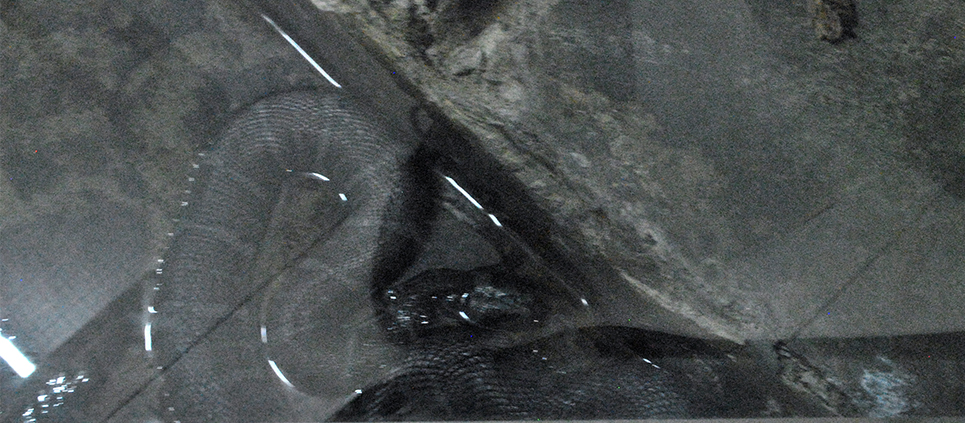
Reproduction presents unique challenges for snakes living in isolated cave systems with limited resources. Many cave-dwelling snake species have evolved extremely low reproductive rates, producing fewer offspring but investing more energy in each to ensure survival. Finding mates in the darkness relies entirely on chemical signals, with males following pheromone trails left by receptive females through complex cave passages. Some species have developed synchronized breeding seasons timed to coincide with seasonal floods that bring additional nutrients into the cave system, temporarily increasing food availability for young snakes. The young of cave-dwelling snakes are born or hatched with adaptations already in place, unlike some other cave animals that begin life with eyes and pigmentation that regress during development.
The Cave Snake’s Predators and Threats
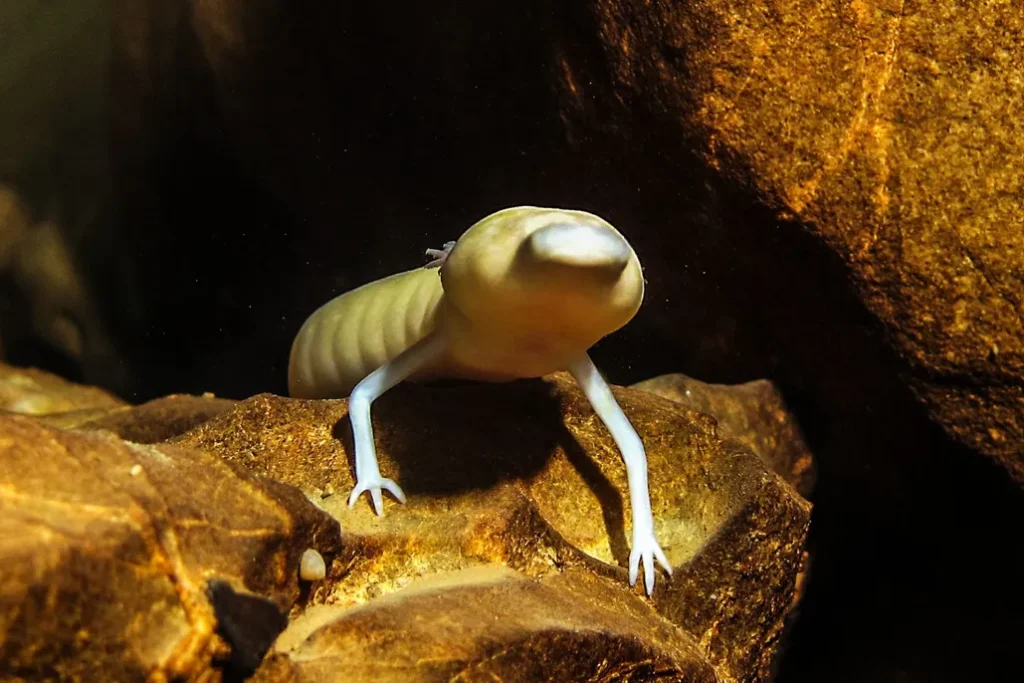
Despite living in environments with relatively few predators, cave snakes still face natural threats within their dark domains. In some cave systems, larger predators like cave fish, salamanders or even other reptiles may prey upon these specialized serpents. However, the greatest threats to cave-dwelling snake populations come from human activities that impact their fragile environments. Water pollution from surface runoff can devastate cave ecosystems, introducing toxins that accumulate in the limited food web. Habitat destruction through quarrying, mining, or cave development for tourism can permanently destroy the limited habitat these highly specialized creatures require. Climate change presents another significant threat, as it alters the delicate hydrological systems that maintain stable cave environments, potentially changing moisture levels and food availability.
The Typhlops Genus: Masters of Subterranean Life

The Typhlops genus contains some of the most specialized cave-dwelling snakes, with numerous species adapted specifically for life in complete darkness. These small, worm-like snakes typically measure between 10-30 centimeters in length and possess smooth, cylindrical bodies ideally suited for burrowing through the soil and navigating tight crevices in cave systems. Their scales have a distinctive overlapping pattern that allows them to move efficiently in both forward and backward directions, an important adaptation when navigating confined spaces. The genus is widespread globally, with different species having independently evolved cave-dwelling traits across tropical and subtropical regions, demonstrating convergent evolution in response to similar environmental pressures. Their specialized jaw structure allows them to feed primarily on small invertebrates, including ants, termites, and other soft-bodied prey abundant in some cave environments.
Geographic Distribution: Where They’re Found
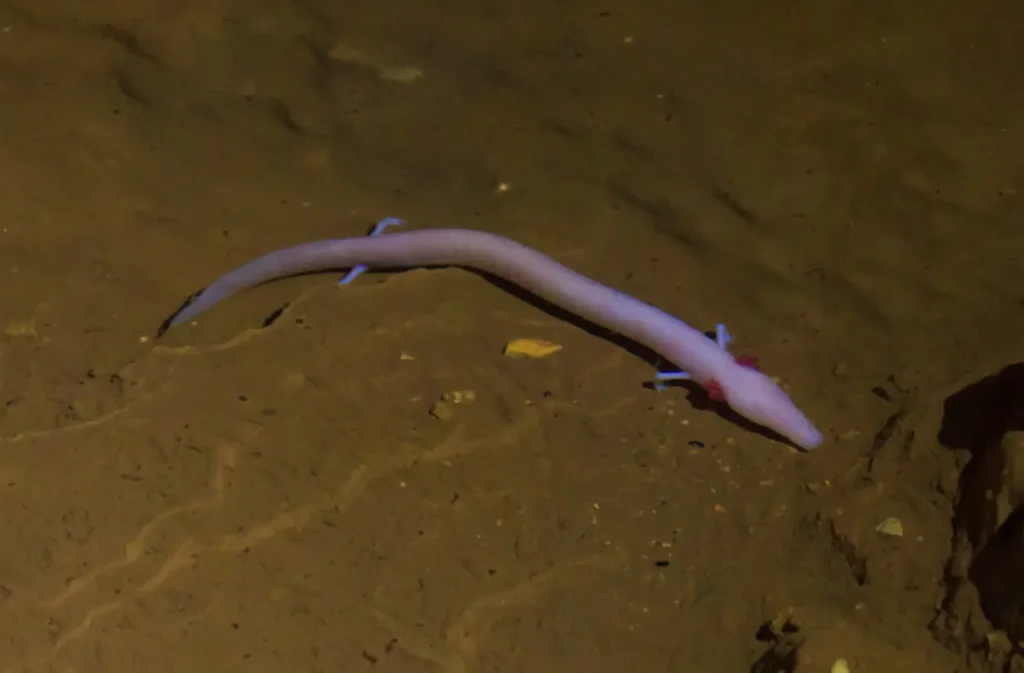
Cave-dwelling snakes have been documented across several continents, with notable populations in the karst cave systems of Southeast Asia, the Caribbean, parts of Central America, and the Mediterranean basin. The Puerto Rican blind snake (Typhlops hypogeus) inhabits specific cave systems in Puerto Rico, while other specialized cave snakes have been documented in the extensive cave networks of southern China, Vietnam, and Thailand. Their distribution is directly tied to the presence of suitable cave habitats, particularly in limestone karst regions where extensive cave formation occurs naturally. Interestingly, similar cave-adapted snake species can be found in geographically distant regions, having evolved similar traits independently in response to the universal challenges of cave environments. Their presence often serves as an indicator of pristine cave conditions, as these specialized reptiles typically cannot survive in disturbed or polluted cave systems.
Conservation Status and Research Challenges

Many cave-dwelling snake species remain poorly studied due to the extreme difficulty in accessing their habitats and their naturally low population densities. This lack of data means that accurate conservation assessments are challenging to establish, with many species potentially threatened before they’re even fully documented by science. The specialized nature of these snakes makes them particularly vulnerable to extinction, as they cannot simply relocate if their cave habitat is disturbed or destroyed. Research efforts are further complicated by the technical challenges of conducting studies in cave environments, which require specialized equipment and training and often involve navigating hazardous conditions. Despite these difficulties, dedicated herpetologists continue to document these fascinating creatures, recognizing that they represent unique evolutionary lineages worthy of protection.
Cultural Significance and Human Interactions
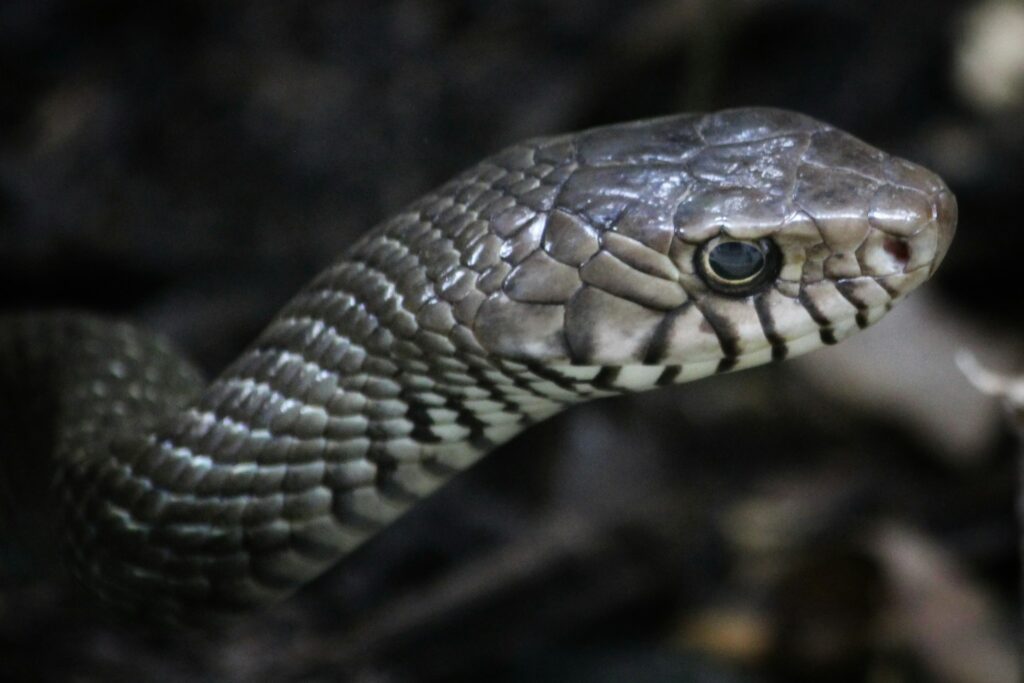
Throughout history, cave-dwelling snakes have featured in the folklore and mythology of cultures living near significant cave systems. In some traditions, these pale, eyeless serpents were considered spiritual guardians of the underworld or messengers between worlds. Indigenous peoples in regions with prominent cave systems often developed taboos against disturbing these creatures, inadvertently providing traditional protection for these specialized animals. Modern interactions between humans and cave snakes primarily occur through scientific research, cave exploration, and occasionally through ecotourism in developed cave systems. Unfortunately, increased human access to previously isolated cave systems can introduce disturbances that negatively impact these sensitive creatures, highlighting the importance of responsible cave management practices that balance human curiosity with conservation needs.
The Future of Cave Snake Research and Conservation

Emerging technologies are opening new avenues for studying cave-dwelling snakes without disturbing their delicate habitats. Environmental DNA sampling allows researchers to detect the presence of species from water or soil samples without directly observing the animals, while advances in remote imaging systems permit observation with minimal disruption. Conservation efforts increasingly focus on protecting entire cave ecosystems rather than individual species, recognizing the complex interdependencies within these isolated environments. Climate change remains a significant concern, as alterations to surface conditions inevitably affect cave environments through changes in water filtration, temperature regulation, and nutrient cycling. The future of these remarkable reptiles depends on increased public awareness of cave conservation issues and stronger legal protections for subterranean habitats that have formed over millions of years but can be destroyed in a matter of days by human activities.
In the perpetual darkness of the world’s deepest caves, these remarkable serpents continue their ancient way of life, hunting, breeding, and surviving in an environment most creatures would find impossible. Their evolutionary journey from surface-dwelling ancestors to highly specialized cave inhabitants represents one of nature’s most fascinating adaptations. As we continue to explore and understand Earth’s last frontiers, the cave-dwelling snake serves as a powerful reminder of life’s remarkable adaptability and the importance of preserving even the most hidden ecosystems. These living examples of evolution in action deserve not only our scientific curiosity but also our dedicated conservation efforts to ensure they continue their remarkable subterranean existence for generations to come..

